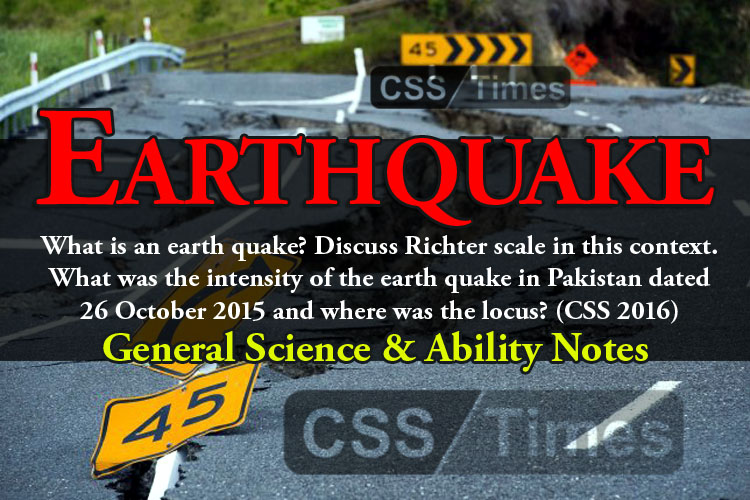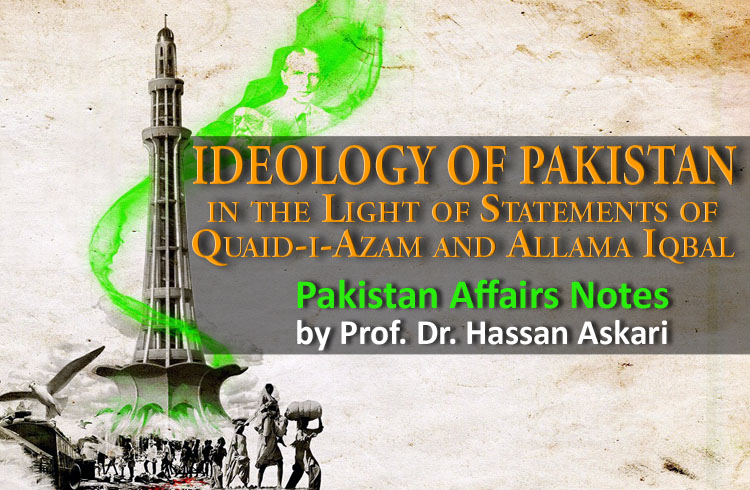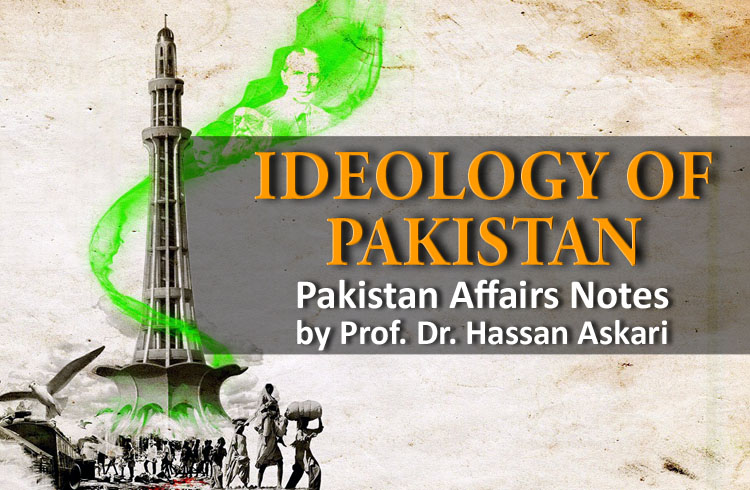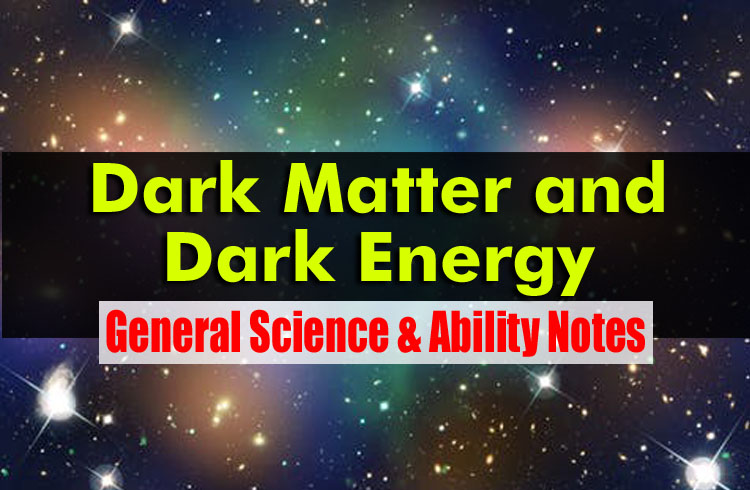Introduction to Gender Studies
Gender Studies is an academic area of study that critically examines how gender shapes our identities, our social interactions and our world. Through exposure to interdisciplinary perspectives, students develop a framework for thinking about power relations and the ways that those relations are shaped and challenged by intersecting constructions of gender, race, class, sexuality, ability, age and nationality. Gender Studies examines everyday experiences, social and political institutions, literary and philosophical contributions, and past and present ideas and world events. The discipline provides students with tools to engage with and critically analyze these areas.
The field is struggling for the meaning of gender in this society. There are many societal factors that may endorse the study and even some elements negate them. The supporters of the gender studies pursuit it for the sake of general interest and the elements who negates it are doing so at individual basis. There is only one subject, introduced by the societal thinkers, impartial scholars and true learners about the gender studies, so that students can get familiar with gender at broad perspective. Under the normal circumstances, the four dimensions of this segment of the society studied in Gender studies.
Gender/sex plays a role in almost all spheres of life. It is an important aspect of politics and economy. It has an impact on everything from working life to intimate relations. It makes itself felt in war and in love.









